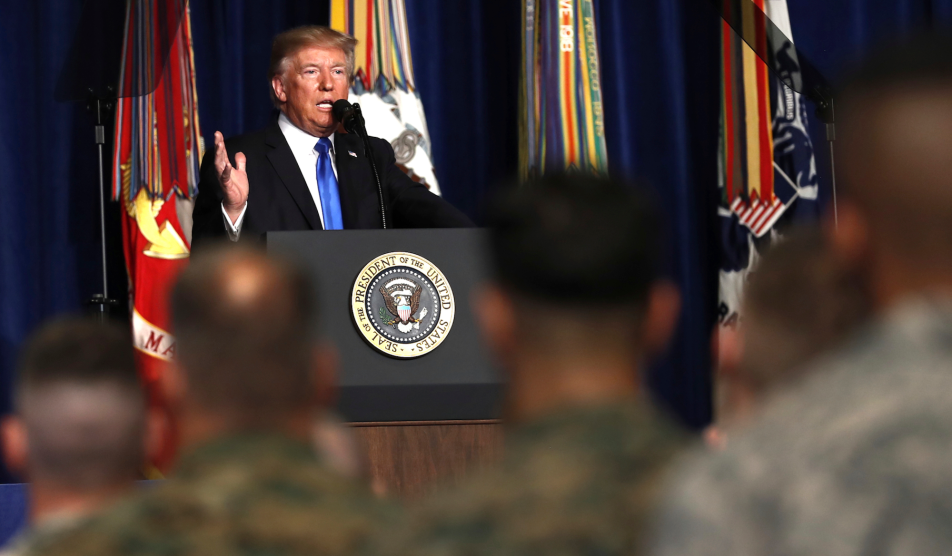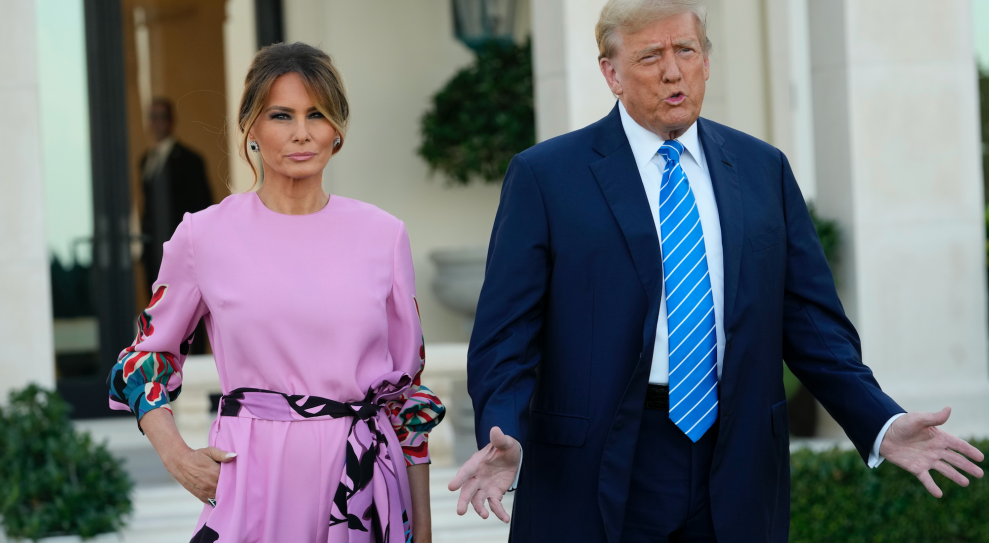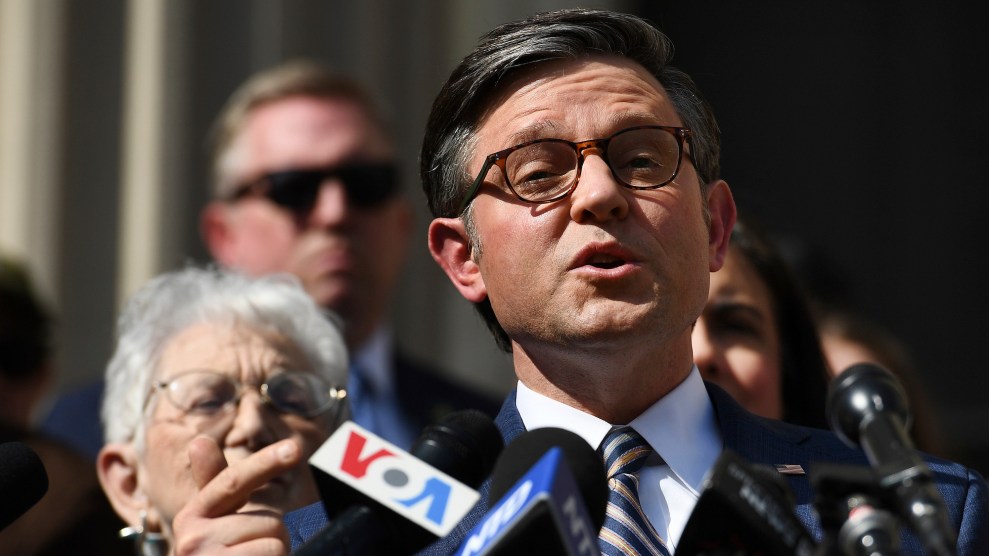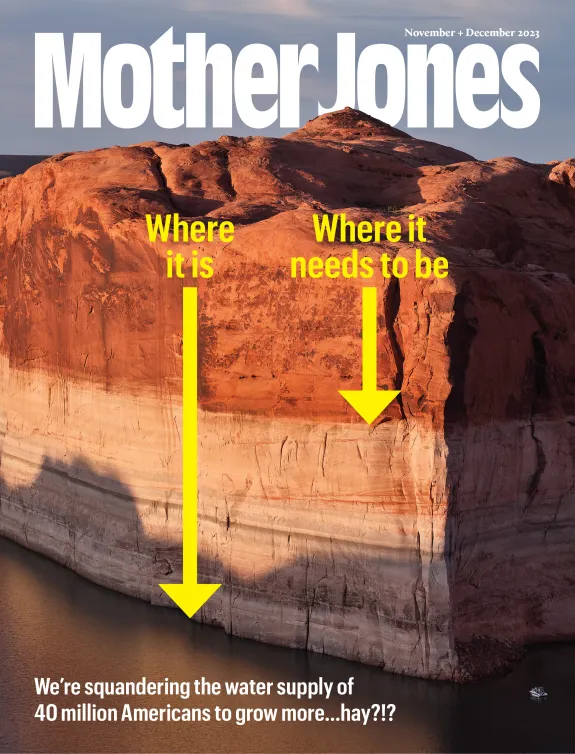
Carolyn Kaster/AP
On Monday, President Donald Trump announced a plan to deploy an additional 4,000 troops to the war in Afghanistan, noting that after years of supporting military withdrawal, he had changed his mind after listening to the counsel of his national security team and military chiefs.
Trump said in a televised address: “When I became president, I was given a bad and very complex hand, but I fully knew what I was getting into. But one way or another, these problems will be solved.”
“I am a problem solver,” he added.
The announcement marked a rare admission from the president, who has otherwise proven to be extraordinarily reluctant to concede he was either wrong or changed his mind. His refusal to acknowledge his previous support for another American-led war during the 2016 campaign is a prime example.
So how did military chiefs convince the president to escalate America’s military presence in Afghanistan? According to the Washington Post, national security adviser H.R. McMaster seized upon Trump’s affinity for visual aids—charts, photos, and the like—and showed him a 1972 black-and-white photo of young Afghani women wearing mini-skirts.
One of the ways McMaster tried to persuade Trump to recommit to the effort was by convincing him that Afghanistan was not a hopeless place. He presented Trump with a black-and-white snapshot from 1972 of Afghan women in miniskirts walking through Kabul, to show him that Western norms had existed there before and could return.
To convince Trump that Afghanistan was not lost cause, McMaster showed him 1972 photo of Afghan women in miniskirts. https://t.co/wRpwYoawjA pic.twitter.com/rX7S2jEJfA
— Jim Roberts (@nycjim) August 22, 2017
Trump’s reversal on Tuesday may have come as a surprise to his staunch supporters. But paired with this anecdote and image, his decision makes perfect sense.
















